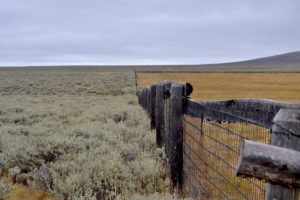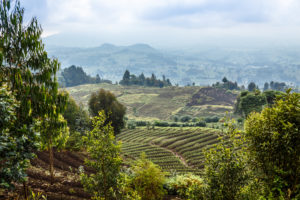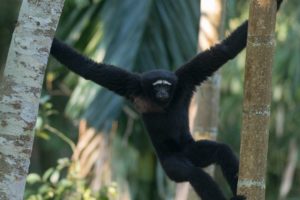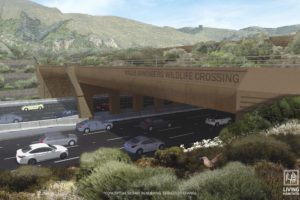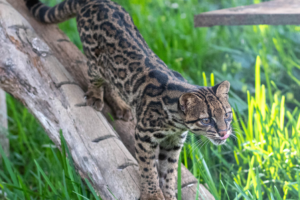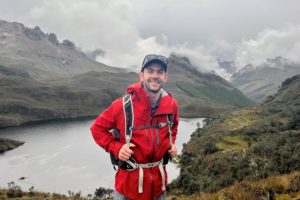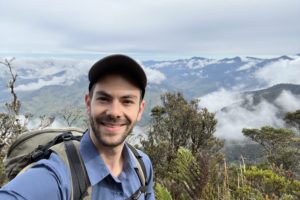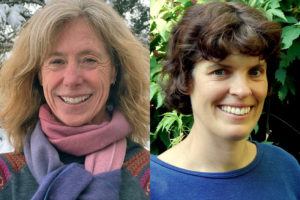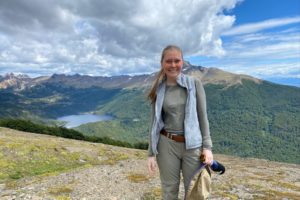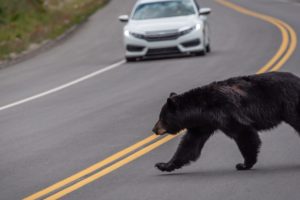Report Introduces New Tools to Help Slow the Loss of Sagebrush Habitat
This week the U.S. Geological Survey and other federal agencies released a report showing a staggering 1.3 million acres of sagebrush habitat are being lost annually. Called “A Sagebrush Conservation Design Framework to Proactively Restore America’s Sagebrush Biome,” this new body of science uses some of the latest mapping tools to identify healthy and degraded sagebrush areas, where and how it’s being lost, and lays out a path to slow the loss.
